The Rotstock Via Ferrata in Grindelwald is an iconic adventure trail that attracts thrill-seekers from around the world. Situated in the Swiss Alps, this iron-clad route navigates below the Eiger’s imposing North Face, providing climbers with an exhilarating journey that combines ladders, stairs, and rock scrambling. The route is a blend of fixed cables, iron rungs, and precarious walkways, giving even novice climbers the chance to experience the Eiger up close. For adventure enthusiasts seeking a taste of high-altitude climbing in a safe and controlled environment, the Rotstock Via Ferrata offers an unforgettable experience.
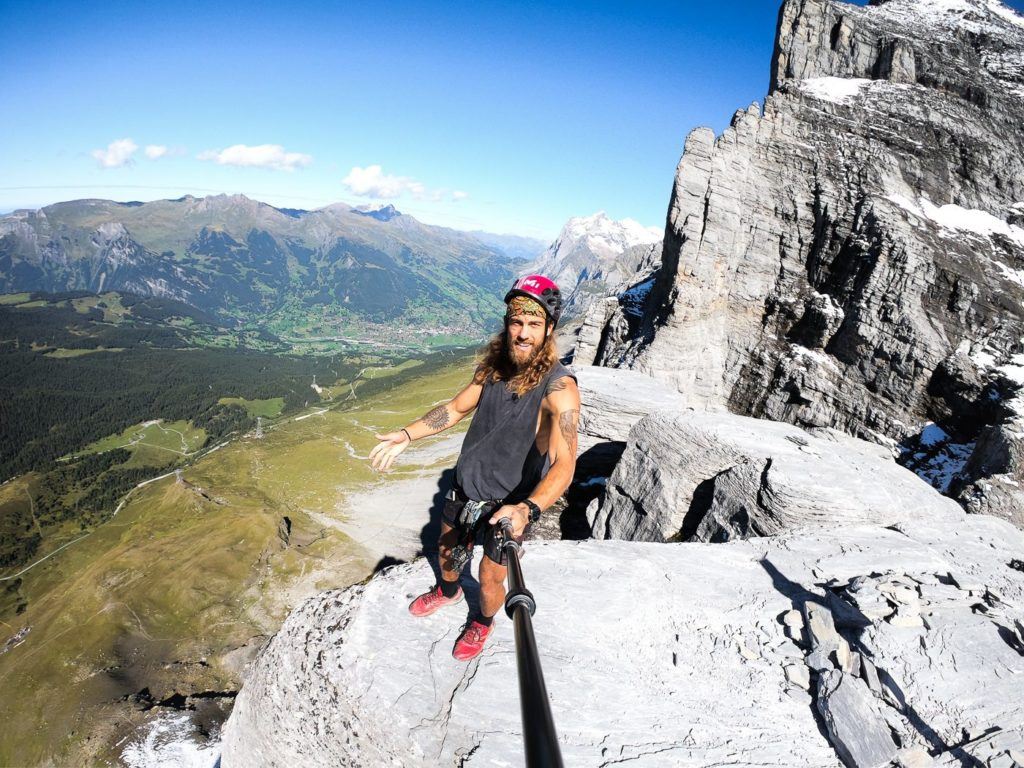
ROTSTOCK VIA FERRATA IN GRINDELWALD
The Rotstock Via Ferrata is an epic climb right next to the famous North Face Wall of Eiger. Using a harness, stairs, and metal stairs you can climb 400m of incline to the 360-degree panoramic viewpoint. In this blog post, I’ll tell you everything you need to know about doing the Rotstock Via Ferrata such as, how to get there, and what gear you need!
There’s an awesome 3-DAY Via Ferrata Tour in Switzerland completely dedicated to via ferrata. It takes you on a new and challenging via ferrata each day and includes all accommodation, gear, food UIAGM Guides and transport throughout the trip. You can Click Here to check out the details of that tour.
YOU WILL LIKE THIS POST: 4 AWESOME VIA FERRATA ROUTES IN SWITZERLAND
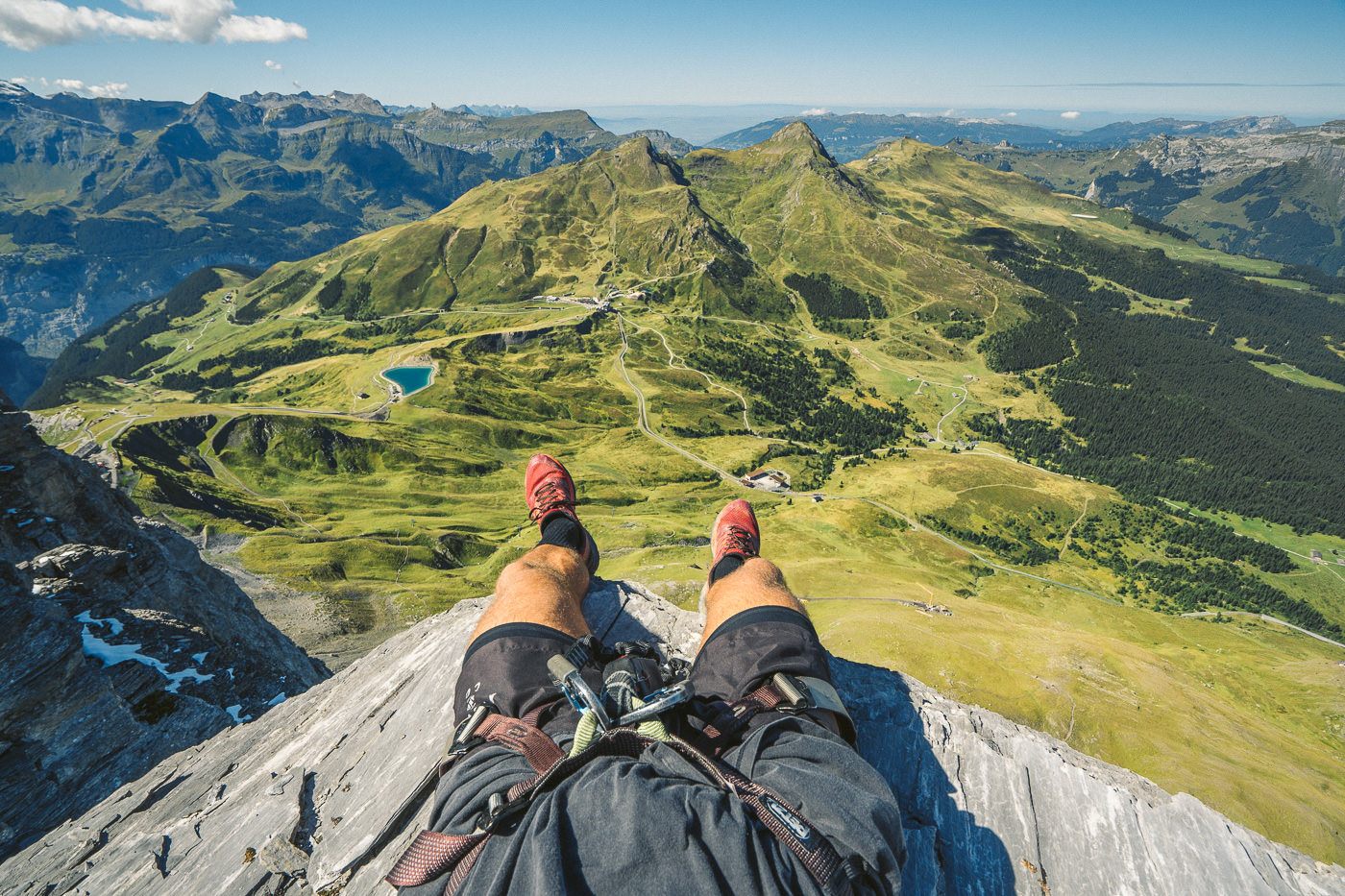
ROTSTOCK VIA FERRATA DETAILS
- Hike Distance: The total hike distance was 5km from the start of the Eiger Trail and up to the summit and then back down to Eigergletscher Station.
- Hike Duration: The hike & via ferrata took me a total time of 4 hours but the actual moving time was just 1.5 hours. As you can see I spent a lot of time taking photos, and videos and chilling at the summit.
- Hike Difficulty: The hike is marked with blue and white alpine trail signs, which is common for a via ferrata. It’s hard to measure the difficulty because you are strapped in on a cable the whole time. I would be comfortable taking an adventurous family on this tour. The incline was moderate compared to the Engelberg Via Ferrata, which was directly up a wall. At many points, you could stop and rest. I felt that at any point of danger, you were strapped in our had a rope to guide you.
- Hike Incline: Total incline for the day was about 461m, which was partly done on the via ferrata but also a little bit of incline comes on the hike from Eigergletscher Station along the Eiger Trail to the starting point of the Rotstock Via Ferrata.
YOU WILL ALSO LIKE MY SWITZERLAND HIKING GUIDE: 50 AWESOME HIKES IN SWITZERLAND
HOW TO GET TO THE ROTSTOCK VIA FERRATA
The Rotstock Via Ferrata is actually on the Eiger Trail. Therefore the directions to get to Rostock Via Ferrata are the same as they are for the Eiger Trail. I will share those here.
The Eiger Trail begins at the Eigergletscher Train Station and finishes at Alpiglen Train Station (although you can hike down from Alpiglen Train Station back to Grindelwald Grund Station if you prefer). To get to Eigergletscher Train Station is actually a little bit of a mission.
- First, you need to arrive at Grund/Grindelwald Train Station and purchase your ticket. You can purchase a ticket all the way through to Eigergletscher Station from Grund although there are two separate trains you will need.
- At Kleine Scheidegg, you will have to get off and head to the brown sign and line up for the train to Eigergletscher. This station is crazily busy as it is the train to Jungfraujoch ‘Top of Europe’ viewpoint. It was genuinely tourist mayhem with hundreds of people barging around. Don’t worry they won’t all be on the Eiger Trail and pretty much none of them will be on the Via Ferrata.
- Once you arrive at Eigergletscher Station, you will see the trail on the left-hand side of the tracks as you face the mountains, and from that point, it is well-signed with the classic yellow signs. The train journey from Grund to Eigergletscher took us about 50 minutes in total including the wait time at Kleine Scheidegg and costs 32.50 CHF, which is about $30 USD.
- We used our Swiss Half-Fare Card so we only had to pay half of the ticket price. You can check the train timetable here for the current schedule to Eigergletscher.
- Once you are on the Eiger Trail it is clear sailing. Now you just follow the trail until about 20-mins into the trail you will reach a sign just before the Eiger Wall. It says Rotstock Via Ferrata.
- Follow that 200m up the hill to the beginning of the Via Ferrata. You will be able to see the ladders from the Eiger Trail if you squint.

GET A SWISS TRAVEL PASS!
Enjoy UNLIMITED train, boat, and bus rides in Switzerland for up to 15 days. Click to book a flex Swiss Travel Pass or choose the Consecutive Swiss Travel Pass.
The Swiss Travel Pass starts at $260 for 3 days. Click here to check if it’s available on your travel dates.
WHAT IS A VIA FERRATA
A Via Ferrata, Italian for “Iron Path,” is a protected climbing route found primarily in the Alps, but now can be encountered all over the world. The concept was first developed in Italy during World War I to facilitate troop movement across the rugged Dolomite mountain range. Today, they provide adventurous outdoor enthusiasts with an exciting way to experience the high alpine environment.
A Via Ferrata consists of a series of iron rungs, pegs, ladders, and cables fixed to the rock, creating a pathway that allows non-expert climbers to traverse steep and difficult terrain that would otherwise require advanced climbing skills. Additionally, there’s a steel cable that runs alongside the route, to which climbers can attach themselves with a special via ferrata harness for safety.
While Via Ferrata routes vary in difficulty, all require a good head for heights, a moderate level of fitness, and some essential equipment, including a helmet, harness, and a special via ferrata kit like this one: Petzl Via Ferrata Kit. They offer a unique way for people to access spectacular mountain landscapes, and enjoy the thrill of rock climbing without the need for extensive training or experience.
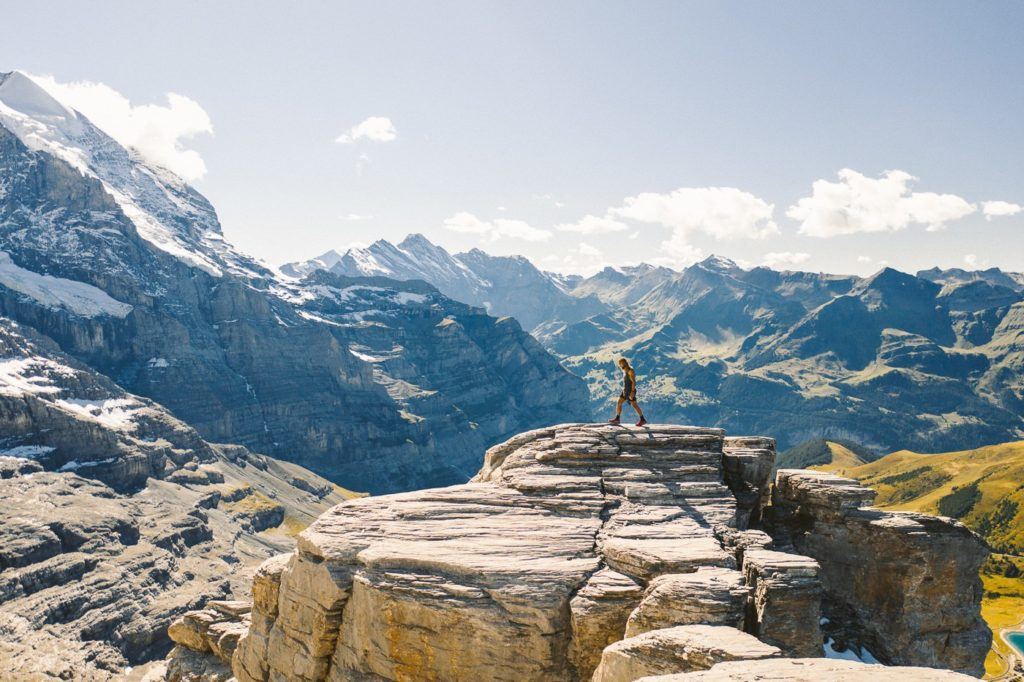
DO YOU NEED EQUIPMENT
You can actually buy your own Via Ferrata gear for pretty cheap on sites like Amazon and then you don’t need to rent it at each Via Ferrata course. They usually cost about $20-40 USD to rent per day and can be bought for about $200 for a full kit such as this Petzl Via Ferrata Kit.
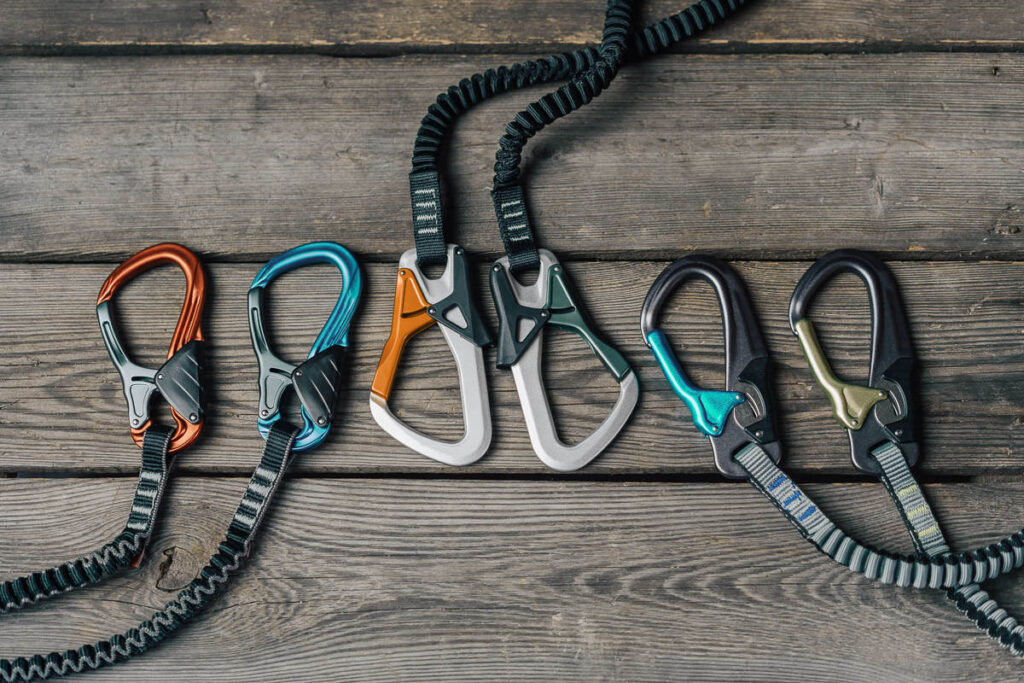

WHERE TO RENT YOUR GEAR FOR THE MÜRREN VIA FERRATA
To do the Rotstock Via Ferrata you will need a helmet, harness, and carabiners. It is advised to wear shoes with good grip and many people opt for gloves.
However, the only real requirement for gear is the helmet, harness, and carabiners. If you have all the gear you are good to go. If not, you can rent it for around 25-35 USD at Intersport in Grindelwald. I rented it from here and they were helpful and even offered to rent out Salomon hiking shoes if I wasn’t comfortable in my trail shoes. After the via ferrata, you need to return your gear to the Grindelwald store.
MY VLOG FROM THE ROTSTOCK VIA FERRATA
I put together this small vlog filmed on my GoPro that will give you an idea of what to expect on this adventure.
MY EXPERIENCE ON THE ROTSTOCK VIA FERRATA
After the fun of catching all the trains from Interlaken to Grindelwald to Kleine Scheidegg and finally to Eigergletscher (breathe!) I made it to the start of the Eiger Trail. It was somewhat nostalgic as I had actually already hiked the Eiger Trail, which is unusual for me to return to the same spot. However, on this day, I had a new mission, a bolder mission. I’d stepped it up a level and was taking on the Rotstock Via Ferrata, which deviates off of the Eiger Trail and heads up to a panoramic viewpoint.
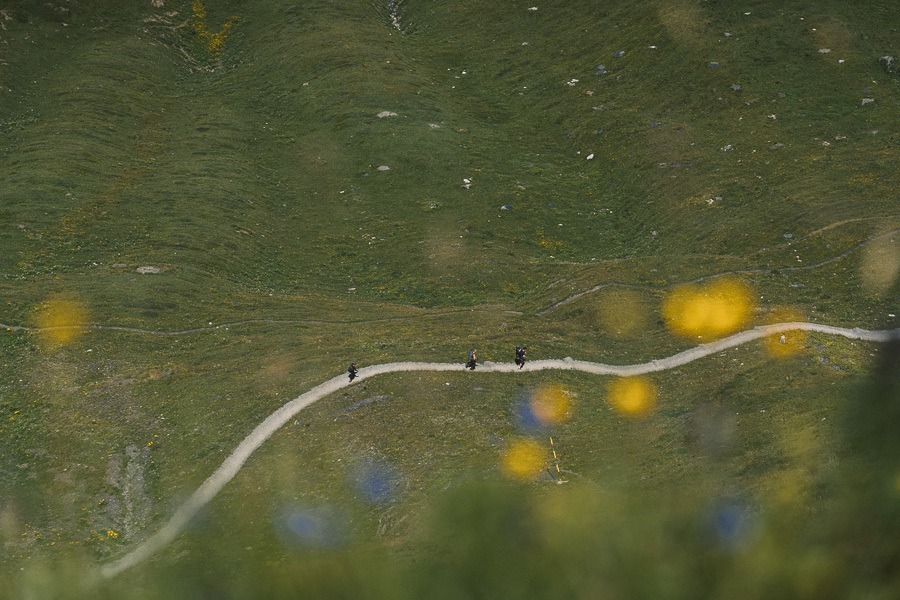
The trail starts off with 200m of incline, although it is spread over a couple of kilometers and is nothing too strenuous. At this point, you cannot see Eiger, but the views across the valley and the towering glacial mountains are incredible and there is something to look at in every direction.
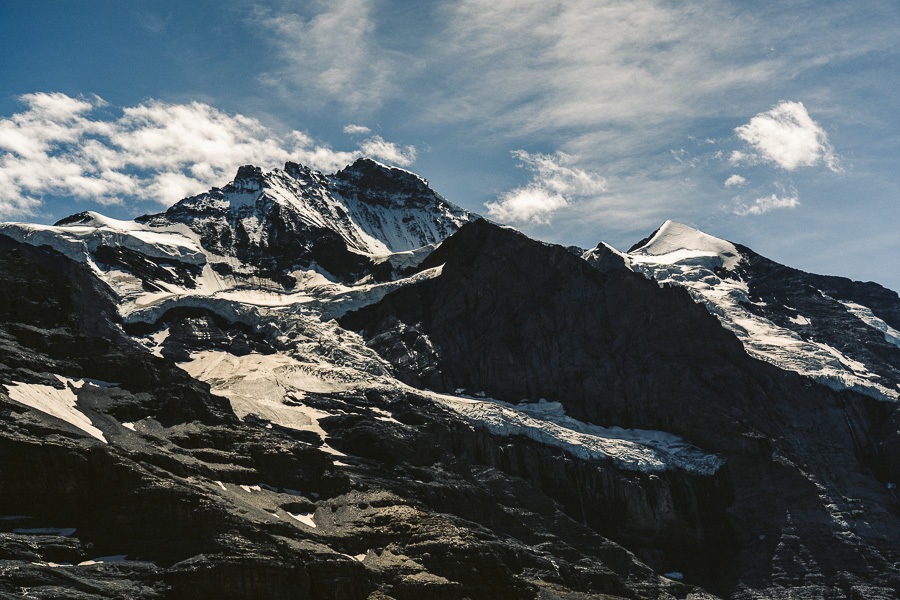
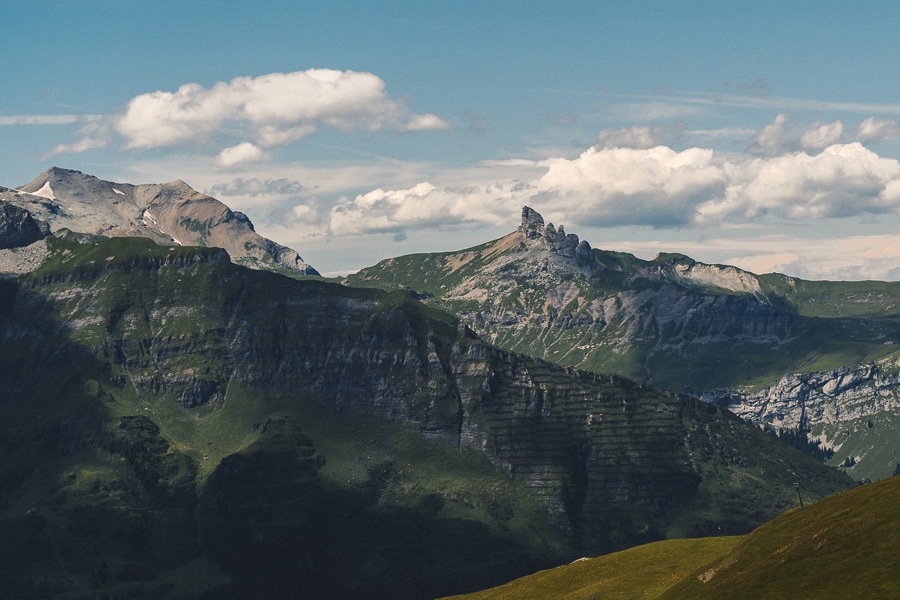
The trail at this point is a gravel path with a lush green valley on one side and a huge wall of mountain on the other. It’s quite a unique trail in this regard, where the aim is more to observe the mountain rather than to climb it.
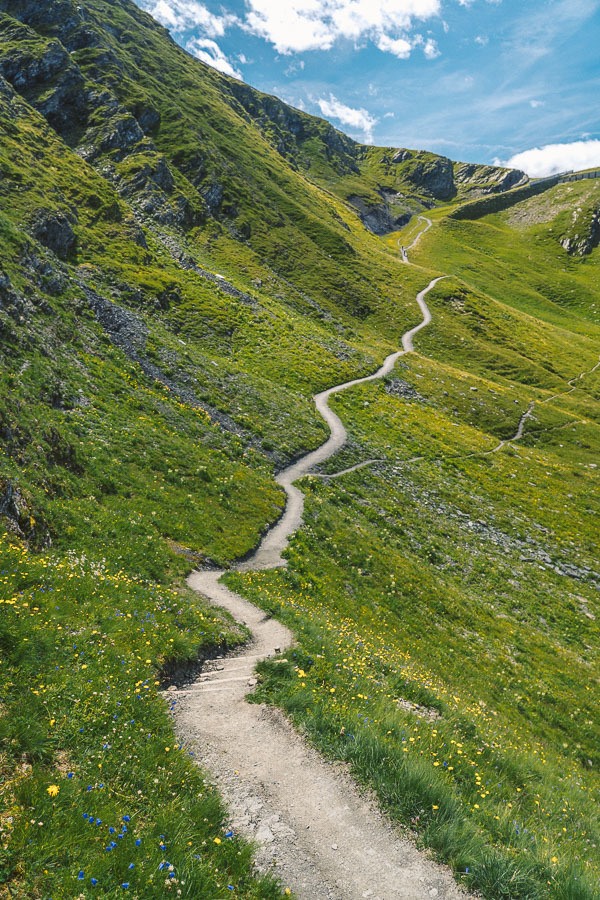
After 20 minutes, you will reach the Eiger viewing area. It’s about 2km into the trail and there will likely be a little gathering of people and possibly some local cows. Here you will look up towards Eiger Mountain and if you read the signs, you can even identify the path the climbers use to scale the North Face wall of Eiger.
This is where you will find the sign for the Rotstock trail, which is the via ferrata. Head right, towards the mountains following the sign and the colored blue and white, painted lines on the rocks. After 200m up the hill, you will reach the start of the via ferrata.
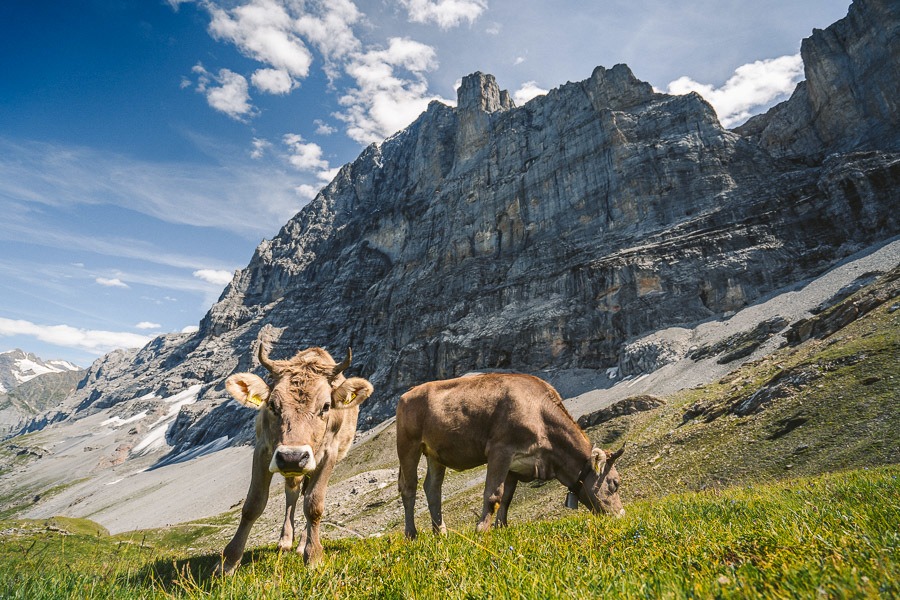
The via ferrata begins with a series of ladders and bouldering, which were moderately difficult but nothing too exposed or crazy to trigger your fear of heights just yet. It had snowed a few days earlier so that definitely spiced things up for my ascent.
After about four ladders and a number of cliff-side cable walks you will reach a little incline. It was interesting that at this point, I actually had to unclip and walk up the hill without being attached. It wasn’t incredibly dangerous but with the snow, it was quite slippery. I would have thought being a via ferrata they would just extend a cable throughout most of the course.
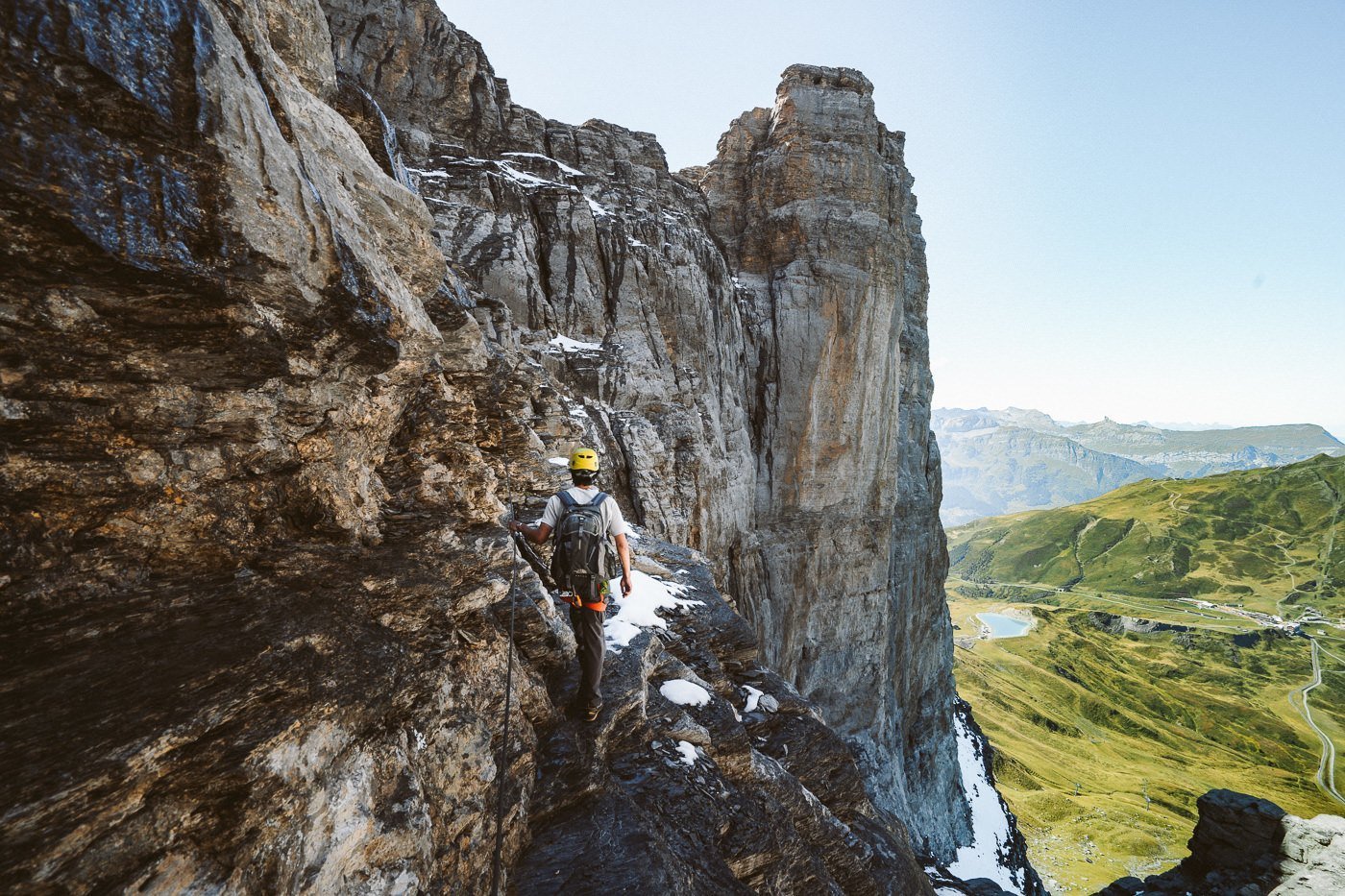
The bouldering continues until you reach a bit of a resting point where you detach and can sit and have a snack and fill your water bottle up from one of the waterfalls. I met the only other two people on the trail here and they also took the time to rest after almost 300m of ascent so far.
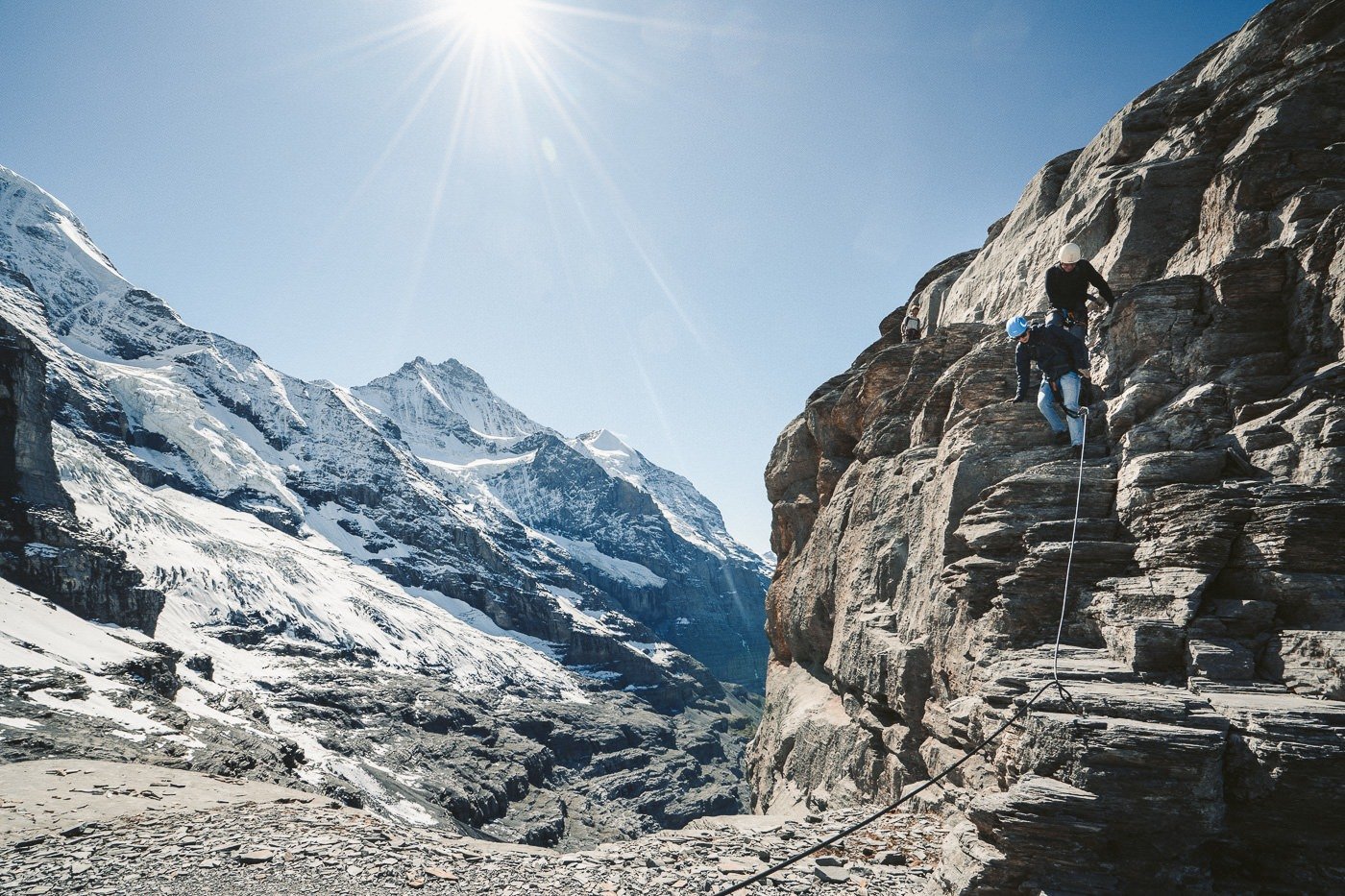
There are only a few sections to go from that point and you traverse the edge of the cliff with the cable until you finally climb on top. However, it is a false summit and you still have a little more climbing to go before you reach the very top where you will find a cross marking the summit.
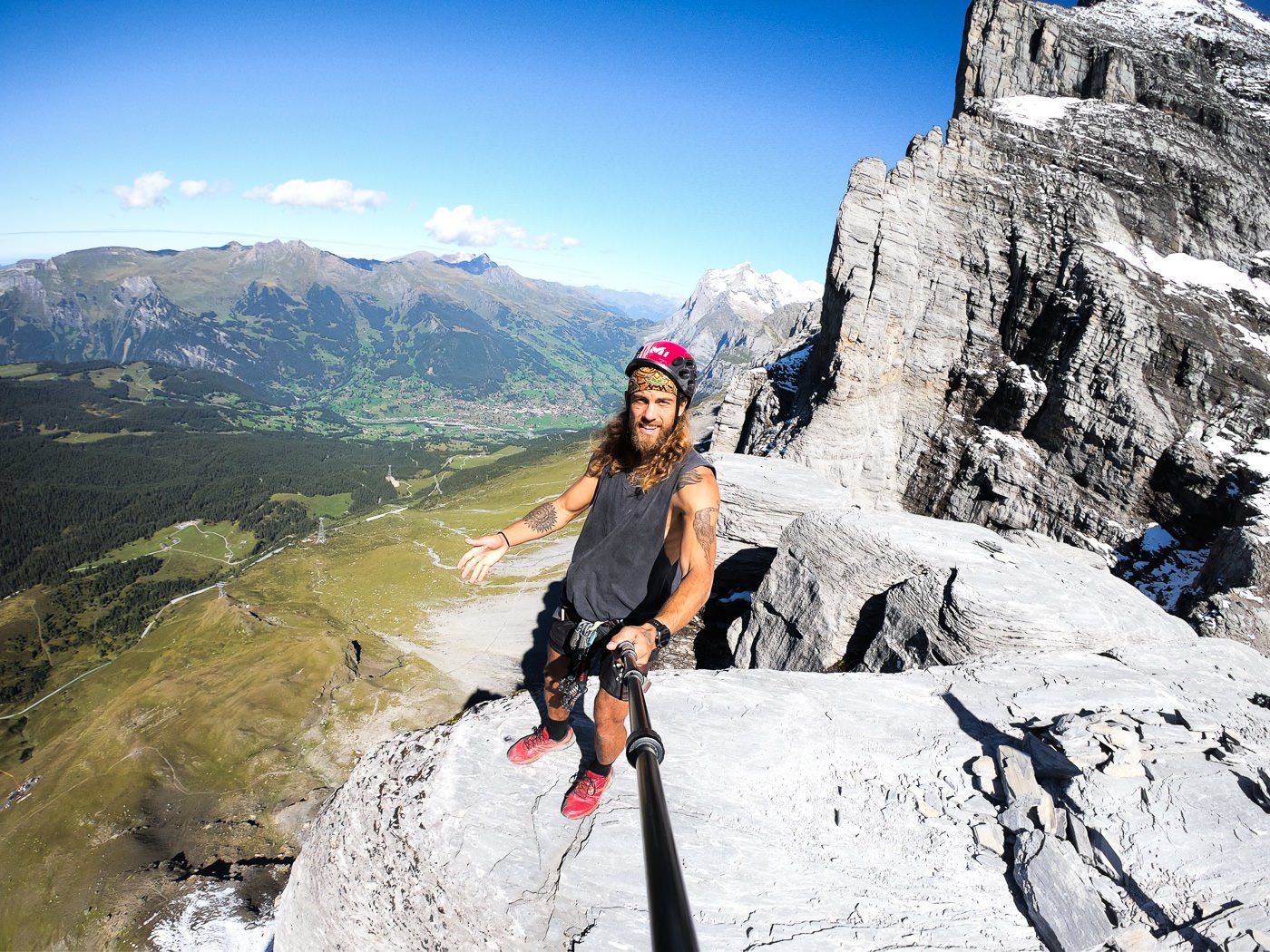

Behind you is a huge wall of white as the mountains tower over you. To your right is Eiger Wall and in front of you is a wide-open green valley with peaks sprouting up throughout the landscape. I ended up hanging out at the summit for over an hour, taking in this incredible view. I watched as the people walking the Eiger Trail below looked like scurrying ants.
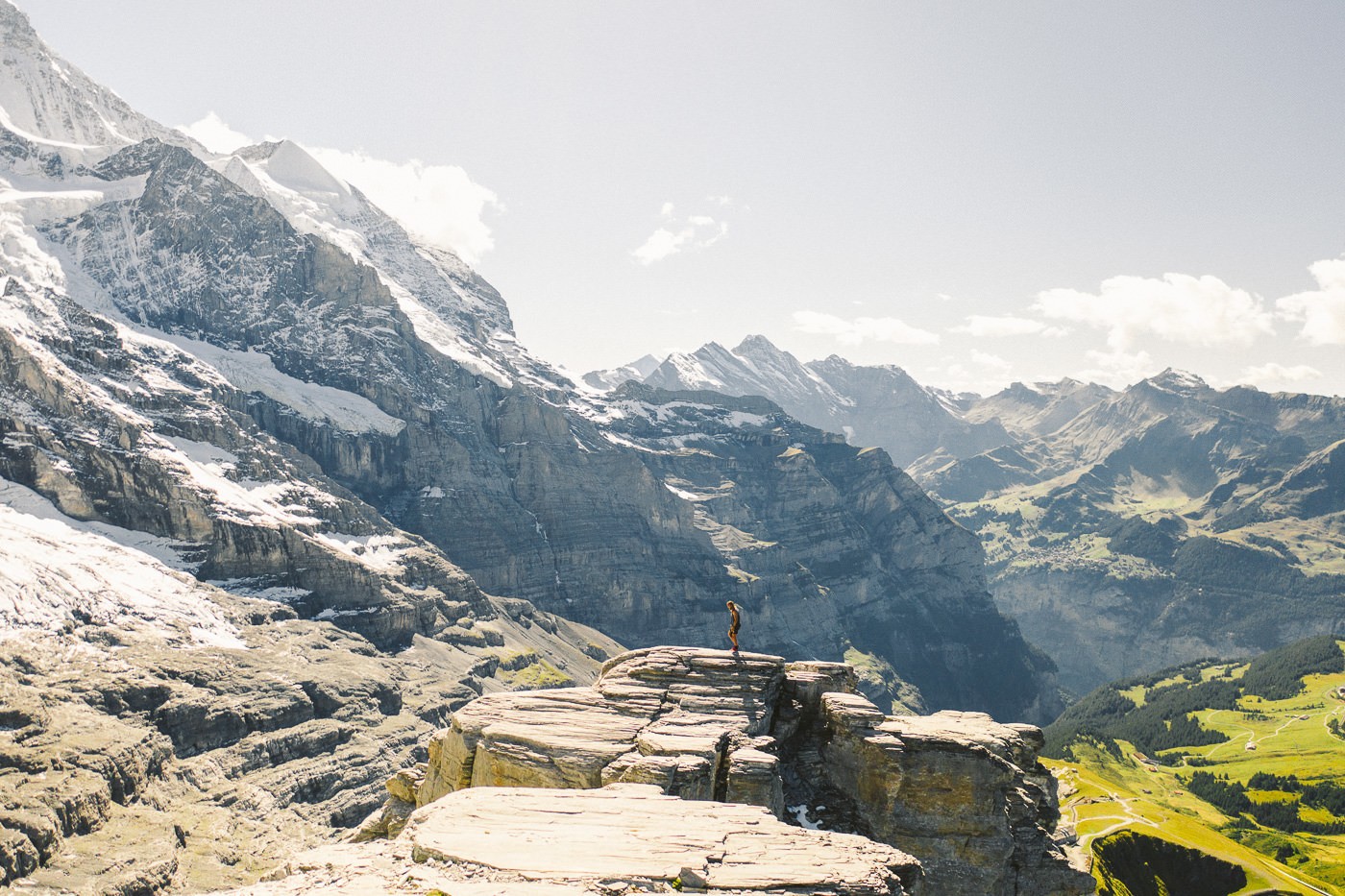


The way down was actually surprising. I assumed we would head back down as there was no backway but a steep path with lots of ropes for assistance leads you down a scree mountain all the way back to Eigergletscher station. From the summit to Eigergletscher only took about 20 minutes, which was a surprising little timesaver as I was running late to return the gear.

I can’t recommend this via ferrata enough and had such a blast, especially hanging out at the summit by myself taking in the views. I felt far away from the madness of Jungfrajoch and even the hoards of tourists on the Eiger Trail. It’s a great way to escape the crowds and go on your own little adventure.
ROTSTOCK VIA FERRATA MAP
I’ve attached my GPX map below, which you can download here for use on your Garmin, smartwatch or another app.
SWISS TRAVEL PASS or HALF-FARE CARD
OPTION 1: Buy the Swiss Half Fare Card: Switzerland trains, buses, and cable cars are EXPENSIVE! I found the best way to get around cheaply was to buy the Swiss Half-Fare Card before I arrived. It gives you 50% off every regular train, bus, and even many cable cars. It only costs $150 USD but pays itself off in just a few days with many train tickets in Switzerland costing close to $100 alone. If you are staying for more than 5 days, I suggest buying the Swiss Half-Fare Card.
OPTION 2: Buy the Swiss Travel Pass: The second option is to get the Swiss Travel Pass, which gives you unlimited train, bus, and (many) cable car rides but it’s pretty expensive at around $100 USD per day so if you don’t travel each day it isn’t worth it.
OPTION 3: Buy the FLEXI Swiss Travel Pass: The final (BEST) option is to get the FLEXI Swiss Travel Pass, which allows you to buy 8 days’ worth of transit but you can choose the night before if you want to activate the next day. That way you don’t need to travel every day to get your money’s worth, you can just activate the FLEXI Swiss Travel Pass on the days when you are doing sizeable transits. My advice is to book the Swiss Half-Fare Card or the FLEXI Swiss Travel Pass in advance before your trip so it’s ready to go when you arrive.
GET A SWISS TRAVEL PASS!
Enjoy UNLIMITED train, boat, and bus rides in Switzerland for up to 15 days. Click to book a flex Swiss Travel Pass or choose the Consecutive Swiss Travel Pass.
The Swiss Travel Pass starts at $260 for 3 days. Click here to check if it’s available on your travel dates.
MY SWITZERLAND HIKING GUIDES
I spent 100 days hiking in Switzerland and created a guide for different regions around the country. You can click on one of my Switzerland hiking guides below to help you plan your trip.
- The Complete Guide: 50 AWESOME HIKES IN IN SWITZERLAND
- The Via Ferrata Guide: 4 EPIC SWITZERLAND VIA FERRATA COURSES
- Lauterbrunnen Guide: 10 AWESOME HIKES NEAR LAUTERBRUNNEN
- Interlaken Guide: 15 AWESOME HIKES IN INTERLAKEN
- Grindelwald Guide: 12 AWESOME HIKES NEAR GRINDELWALD:
- Mürren Guide: 7 AWESOME HIKES IN MURREN
- Appenzell Guide: 9 AWESOME HIKES NEAR APPENZELL
- Chur Guide: 7 AWESOME HIKES NEAR CHUR
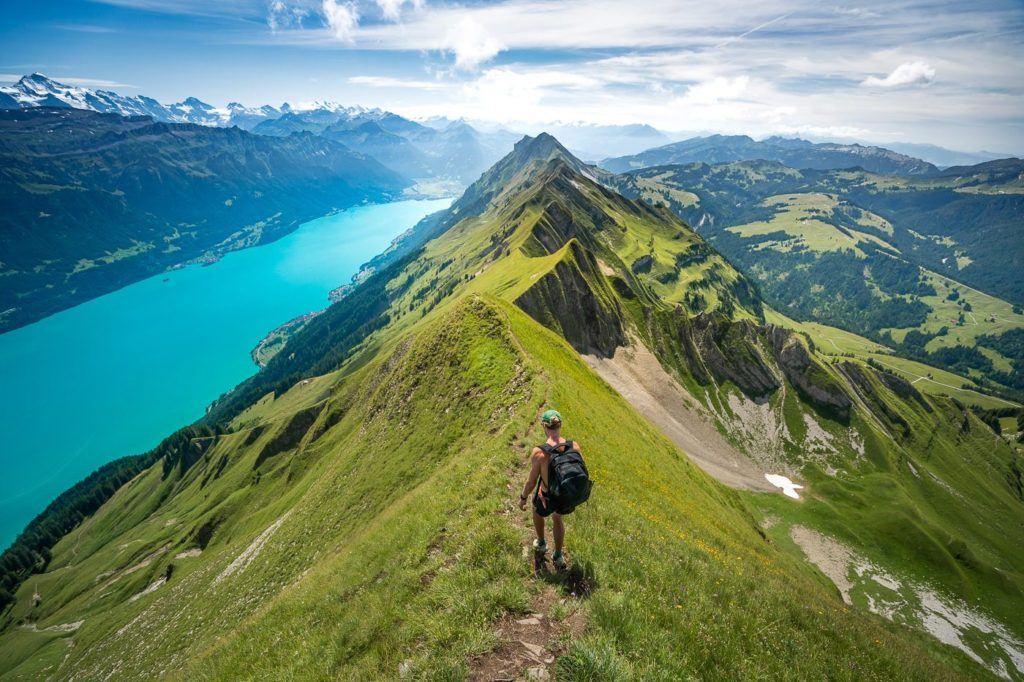
MY SWITZERLAND TRAVEL TIPS
- For Backpackers: SWITZERLAND BUDGET BACKPACKING GUIDE
- Travel Tips: 20 THINGS TO KNOW BEFORE VISITING SWITZERLAND
- Transport Tips: RENTING AND DRIVING A CAR IN SWITZERLAND
- Accommodation Guide: 30 BEST PLACES TO STAY IN SWITZERLAND
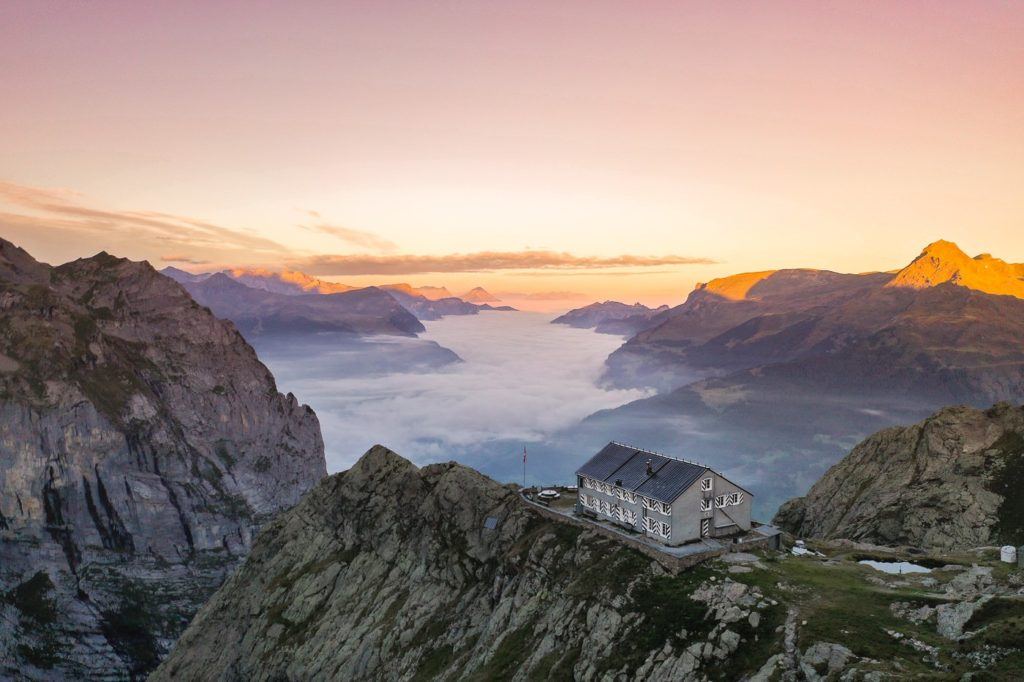

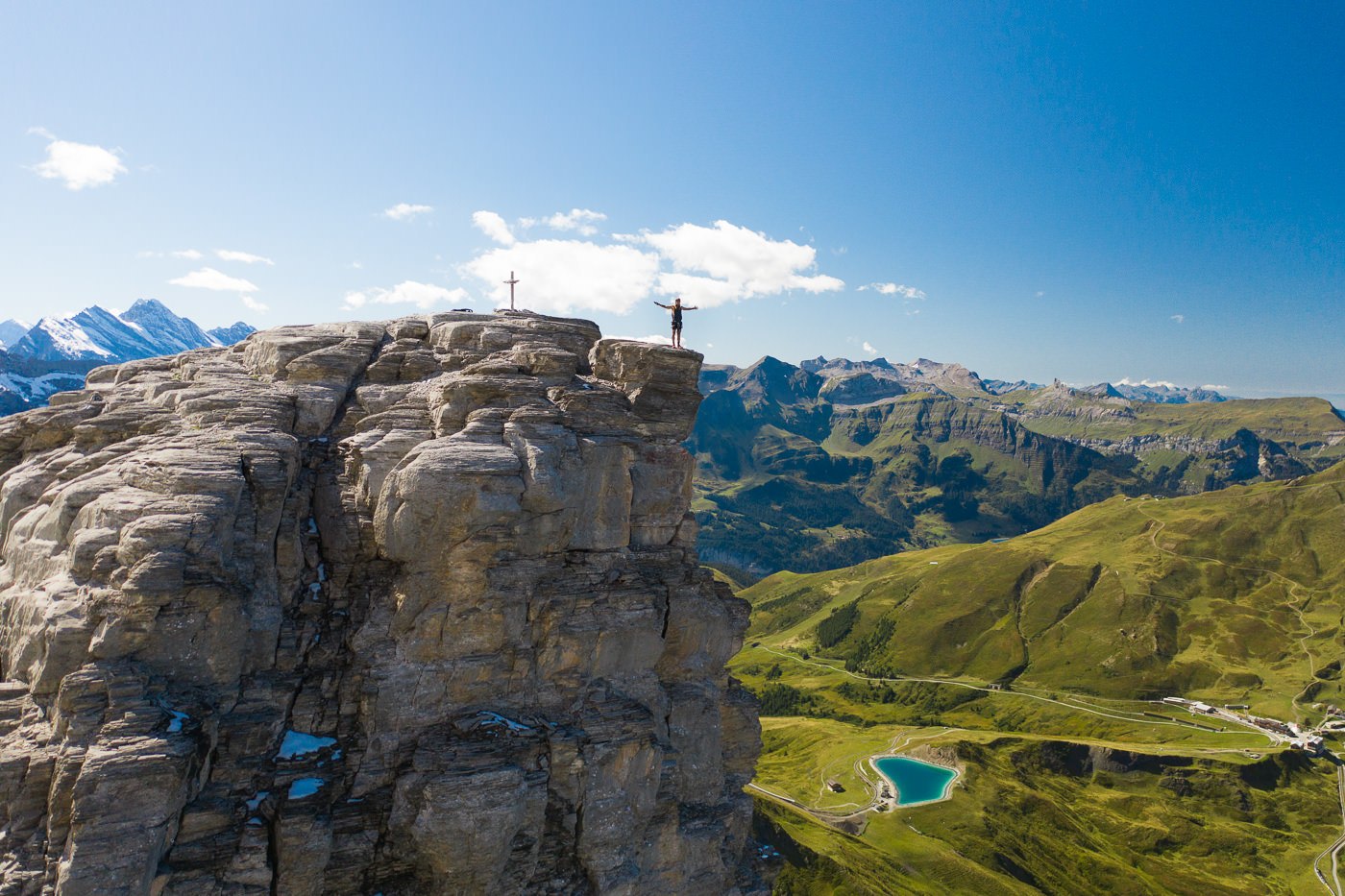
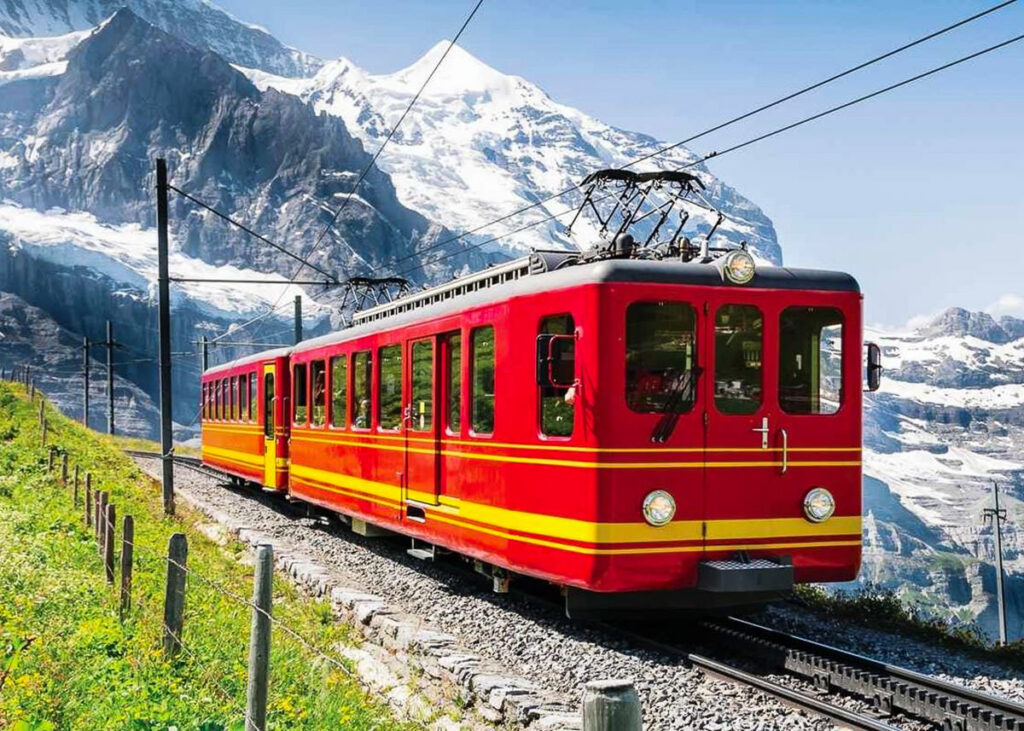
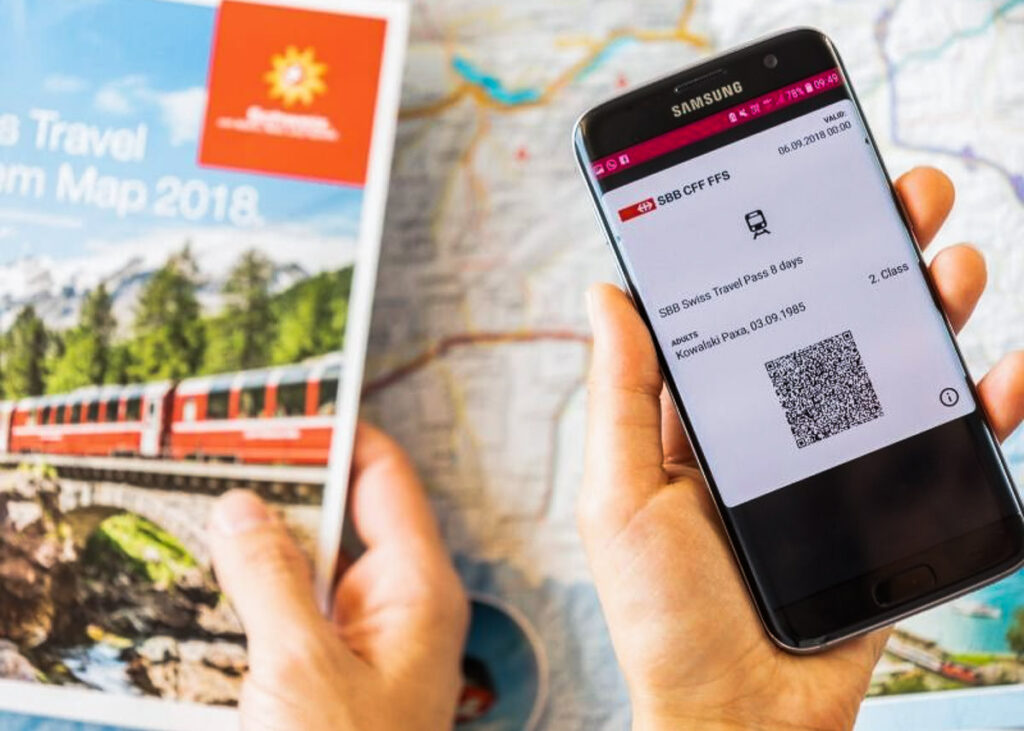
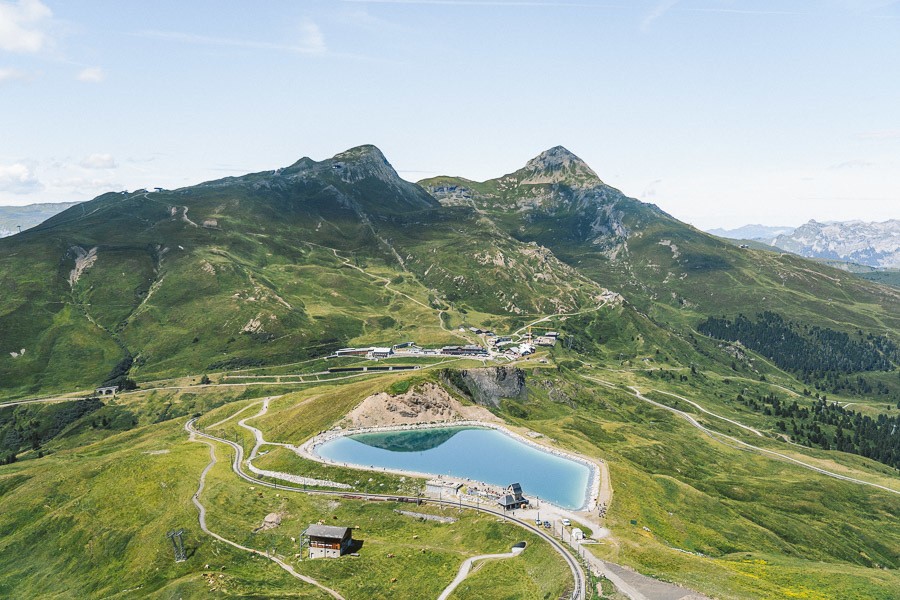
Will
Saturday 13th of August 2022
How much was the via ferrata in total?